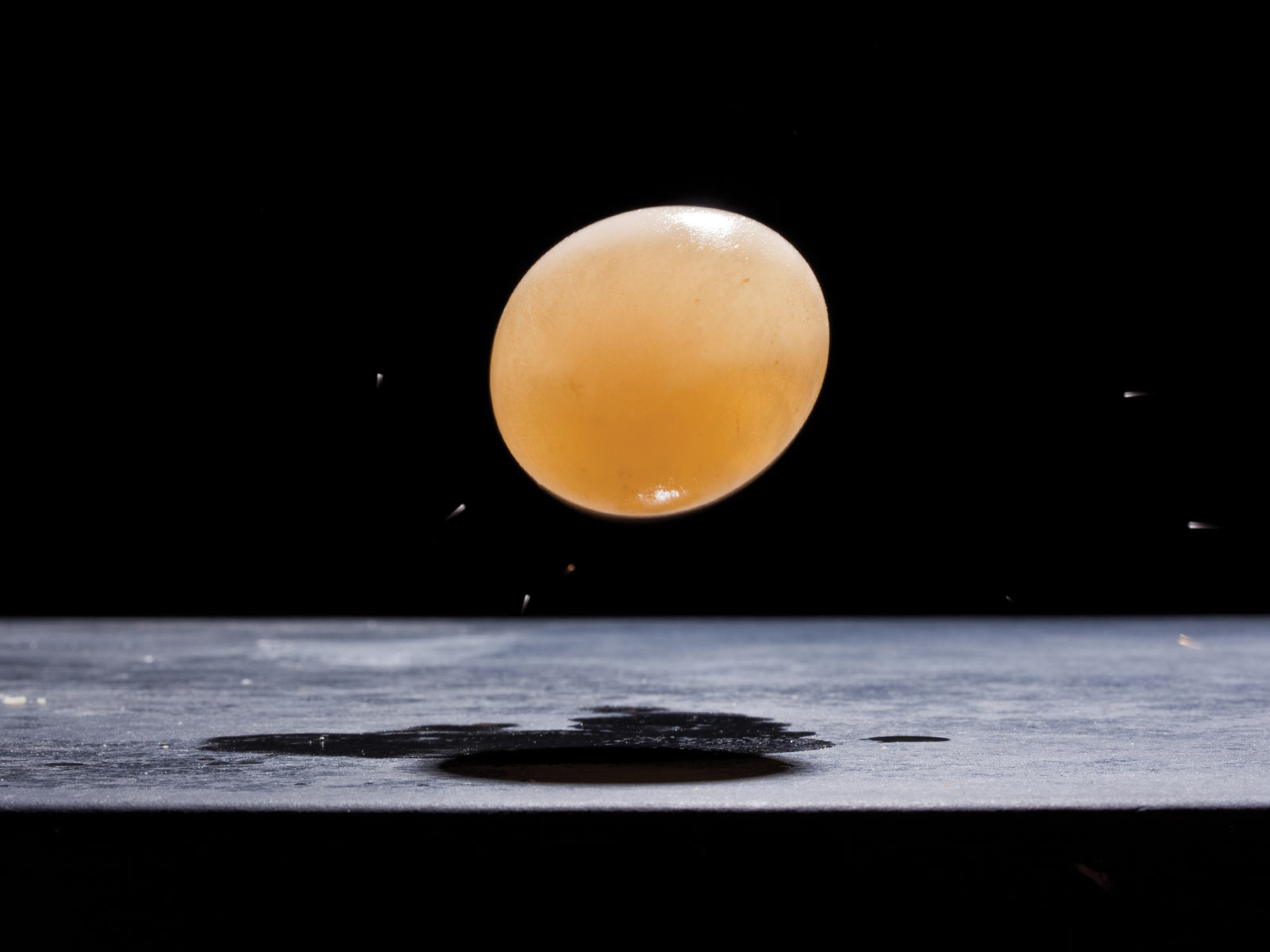See chemistry in action when you dissolve an eggshell using vinegar!

What to get:
- A raw egg
- White vinegar
- A bowl
What You Do:
- Put the egg in the bowl.
- Pour in enough vinegar to cover the egg completely. (If the egg floats a little bit, that’s okay.)
- Let the egg sit in the vinegar for 24 hours.
- Rinse the egg GENTLY under running water to remove any white film on it. If the film doesn’t want to come of easily, soak the egg for another 8 hours. It may take time to dissolve an eggshell!
The science behind the experiment:
The eggshell is made of calcium carbonate which dissolves in vinegar. When the acetic acid in the vinegar reacts with the calcium carbonate, carbon dioxide gas is released as part of the chemical reaction. That’s why you see bubbles form on the eggshell as it soaks and the eggshell dissolves. If you’ve ever tried to peel a hard-boiled egg, you might have noticed a thin membrane between the shell and the egg inside. That membrane is all that’s holding your bouncing egg together, which is why you have to rinse and bounce gently.
Scientists ask questions:
- What other changes do you observe in the egg?
- What happens to the bouncing egg after a day or two? Does it get bouncier?
- How high can you drop the egg from before the membrane breaks? (Do this outside!)
